Shortly after my daughter’s adoption was finalized I had a short meeting with her birth mother at the orphanage before we flew home to the U.S. At that meeting I asked her what she wanted for our daughter. Her reply was that she wanted her to have an education because that was something she had always wanted but not been lucky enough to have. That wish has stuck with me, partly because it was something so basic and easy for me to grant while it was something so far out of her reach.
When interviewing birth mothers, we often hear stories of children who very much want to go to school but are not able to because of financial concerns. Primary education in Guatemala is mandatory, but the reality is that only 82% of children of primary school age are enrolled in schools. And while, theoretically, primary school is free there is still the direct cost of providing uniforms, school supplies, and shoes along with the indirect cost of loss of income if the child works to help support the family, which together can be more than many families can bear.
The Guatemalan School System
The Guatemala school system and calendar are different from that of the U.S. The school year begins in mid January and ends in mid October. Historically this allowed children to participate in the coffee harvest during November and December as well as be at home with family during the holidays. Schools usually also have a two week mid-year break in June.
Pre-primaria
Formal education can start as young as 4 in what is called Pre-primaria, Párvulos or Kinder --what we would call pre-school. Pre-primaria is available for children from 4 to 6 years of age and is either Spanish or bilingual (Spanish and the indigenous language of the region). The last year of preschool is called “preparatoria” or more commonly “prepa” and is attended by 6 year-olds who in the States would be in 1st grade. In the rural communities this can be children’s first encounter with Spanish, though the reality is that while 47% of 4-6 year-olds were enrolled in pre-primaria in 2014, a much lower percentage of indigenous children attend at this age.
Primaria
“Compulsory” education begins at age 7 in primaria which corresponds to U.S. elementary school, which theoretically could be completed by age 12. However, in the rural communities, given that most children do not attend preschool, have never had any experience with learning, have illiterate parents, and don't speak Spanish, retention and dropout rates are high. It is not uncommon to find a 13 year-old in 1st grade. At the national level 82% of 7-12 year-olds were enrolled in school in 2014 while 20% of children failed to be promoted to the next grade. Again, those percentages would be much higher in indigenous communities.
Básico
Primary school is where public schooling ends and where education ends for most children. For those lucky enough to be able to afford private school, education continues in “Báscio” or what we would call middle school. Primero, Segundo and Tercero Básico correspond to U.S. 7th, 8th and 9th grades. In 2014, 45% of all 13 to 15 year olds were enrolled in Básico.
Diversificado
After Básico Guatemalan students must choose a career to study in “Diversificado” which is a bit like a U.S. vocational high school. U.S. 10th, 11th and 12th grades correspond to Cuarto, Quinto and Sexto Diversificado, however, exactly how many years a student spends in Diversificado depends on the career selected. The most common careers are teaching, accounting, arts & sciences, computation, secretarial and business administration. A “practica” or internship is required in order to graduate with a title which corresponds to your career, for example Perito Contador for an accountant. In 2014, 24% of all 16 to 18 year-olds were studying in Diversificado.
Universidad
For those who graduate from Diversificado and want to continue on to higher education, Guatemala has one public university, Universidad de San Carlos (USAC) and 14 public universities, though most middle-class and wealthier Guatemalans send their children to study abroad.
Given the challenges facing birth families, sponsoring sibling education is one of the most common ways that adoptive families choose to provide support. By helping to educate a sibling, an adoptive family can feel they are giving something back to help the family and as well as the community as a whole, while contributing in a way that has finite boundaries. As little as $175 per year can cover the costs for a child to attend primary school. However, the logistics of getting a child enrolled and equipped with the needed list of school supplies and then properly supported to stay in school can be challenging, especially in remote areas.
Let me know in the comments or via email about your thoughts and experiences with education siblings.
Abrazos,
Velvet
Notes
Stats quoted in this post are from the Guatemalan Ministerio de Educacion
Further Reading Relating to Education in Guatemala
Guatemala's Magical Classroom, 2015 Revue Article: http://www.revuemag.com/2016/01/guatemalas-magical-classroom/
For Many Children in Guatemala, Lessons Need to be Learned on the Street, 2011 Guardian Article.

